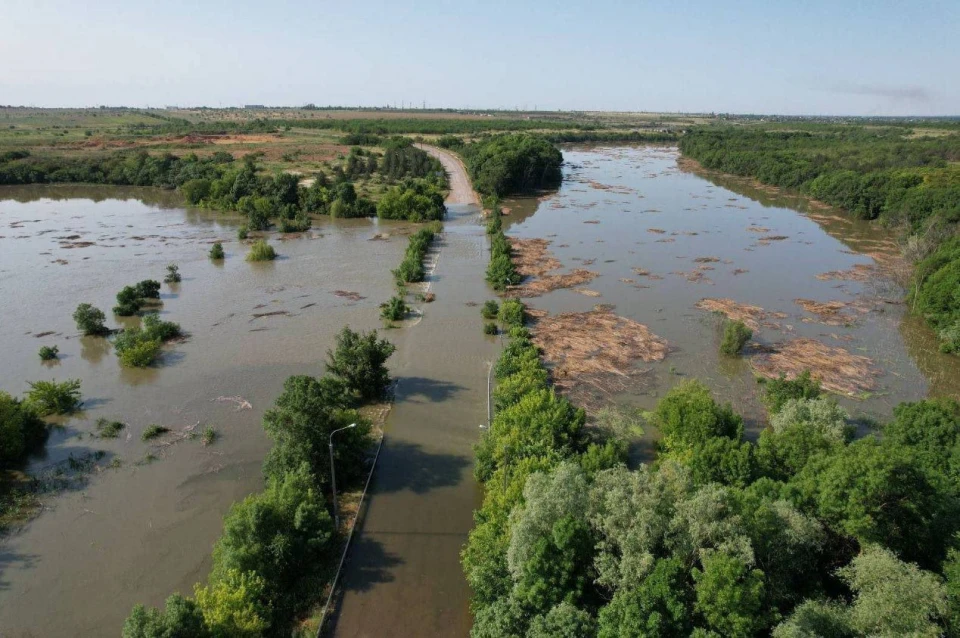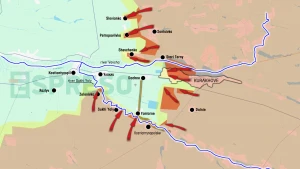
Pollution of Inhulets River with harmful substances exceeds norm
The concentration of several harmful substances in water samples from the Ingulets River, taken on June 9, exceeds the normal level
The State Environmental Inspectorate of the Southwestern District reported this.
Laboratory tests showed that the maximum permissible concentrations of ammonium nitrogen, total iron and suspended solids in the Inhulets River were exceeded.
“The content of dry residue is elevated, which is explained by the natural background of the river,” the statement says.
The inspectors also noted that the concentration of harmful substances had slightly decreased compared to the previous day.
For reference. The Inhulets River flows through Kirovohrad, Dnipro, Mykolaiv and Kherson regions. The Inhulets forms the Inhulets Estuary, which is up to 1 km wide and flows into the Dnipro in several branches near the village of Sadove, 40 km from Kherson.
Water in the Inhulets River rises due to Kakhovka HPP explosion
The settlements of the Kalynivka community, in particular Kalynivske, Zapovit, Bobrovyi Kut, Mala Seidemynukha, and Krasnoliubetsk, are under the threat of flooding.
The water is coming close to the local residents' houses. Due to the flooding of the bridge, it is impossible to travel to the village of Zapovit.
The Kherson Regional Military Administration reports that in Tokarivka, Poniativka, Novotiahyntsi and Ivanivka, the water level has dropped by an average of 20 centimeters and is now 6.15 meters. In Tokarivka, two non-residential buildings are flooded, and in Poniativka, 5 houses are flooded.
Also in Mykilske, the water level dropped by 50 centimeters and is now 6.15 meters. There are 15 houses flooded.
“In general, in the right-bank part of the region, the water level remains at 5.61 meters,” the statement says.
The situation in the south of Ukraine after the Kakhovka dam explosion
On June 6, Russian occupying forces blew up the Kakhovka HPP, completely destroying it. The tragedy resulted in the flooding of settlements in the Kherson region, including Kherson city. There are also reports of flooding in Mykolaiv, Dnipropetrovsk, and Zaporizhzhia regions, resulting in fish pestilence. Follow the detailed course of events here.
Flooding was reported in four districts of Mykolaiv on Tuesday evening. The water level rose by 82 cm, leading to the destruction and flooding of bridges and gardens in the region.
On Wednesday, June 7, four districts of Mykolaiv were still flooded.
As of June 8, the water level in Mykolaiv aquatorium rose to 102 cm.
On Friday, June 9, the water level in Mykolaiv was closely monitored. The water level in the city had dropped by 2 cm overnight, and by another 3 cm in the morning.
As of the morning of June 10, the water level in Mykolaiv stands at 88 cm.
- News














































